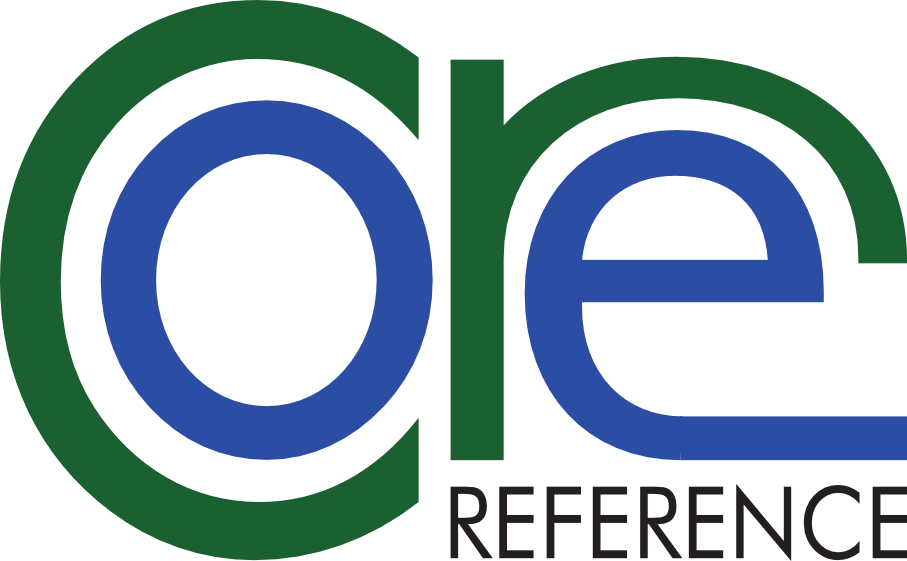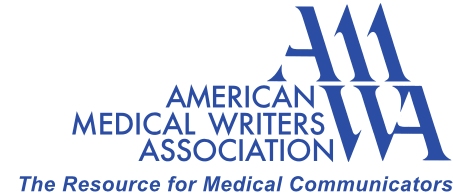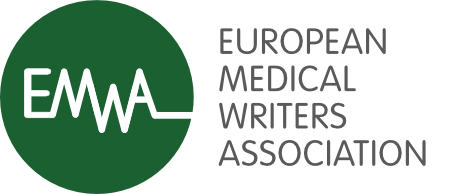January 2020
1 - ISMPP Article on Data Sharing Statements and Medical Publishing
In this Dec 2019 ISMPP article “One Year Later: Have ICMJE Data Sharing Statement Requirements Impacted Medical Publishing?” Mittleman et al show that nearly all large pharmaceutical companies (12/13; 92%) have a standard data sharing statement used for multiple transparency purposes and have a formal policy/process for data sharing requests. Only 50% of biotech companies do.
2 - NIH / TransCelerate Online Protocol Template Tool
This CenterWatch article describes NIH/TransCelerate’s online protocol writing tool – a protocol template - developed to help the clinical trials industry write better protocols.
3 - White Paper: Managing privacy risk in data and documents sharing
This excellent White Paper just released by experts at Astrazeneca and d-wise gets to the nub of what MWs need to understand around proactive anonymisation of data and documents, and is a great summary of what many of us have been discussing for some years now. In their own words, the authors address: "How should sponsors manage data they share considering what’s already been shared? What techniques exist to support sponsors in navigating the reality of human error and the limits of technology?"
There are some good screenshots of anonymised and redacted data and documents towards the end of the document.
4 - Likely delay on CTR coming into force until 2021
In Raquel Billiones great summary article, she explains why it seems likely that the EU Clinical Trials Regulation 536/2014 (EU CTR) will not come into force until 2021.
5 - CSR Appendix 16.1.10 Content Q&A: BWG advice
I received questions from a colleague at LEO Pharma over the Christmas holidays. The BWG discussed and provided these responses. Our LEO Pharma colleague has kindly agreed that I may share the Q&A with you.
Here goes...
Questions:
After much confusion and discussion within our company about CSR Appendix 16.1.10, I have decided to try my luck and write to ask if you would be able to help clarify the scope of this appendix.
As part of our annual maintenance/update of our CSR template (which since 2016 has been heavily inspired by CORE Reference), we want to include some more guidance text about Appendix 16.1.10, because in our department there is often confusion about when it is necessary (or not) to enclose this appendix and what should be included.
For instance:
- Is it applicable only when multiple labs are performing the same analysis? (that is, strictly ‘inter-laboratory’) BWG Suggest: Yes. Suggest to include the accreditation certificates and normal ranges even if it is a single centre study. If it is a multi-centre study then include the accreditation certificates and normal ranges for the central labs. If local labs are used but there are only a few sites then add the accreditation certificates and normal ranges for each local lab but if there are more than 3 or 4 then add a note stating that the accreditation certificates and normal ranges are filed in the TMF and are 'available on request'. Also include the documents for the whole study period i.e. possibly several different accreditation certificates if the study has been ongoing for a long time.
- Is it necessary to enclose ‘regular’ standardisation certificates for single labs/single-site trials (e.g. certificates to show that a lab operates within the international standards)? BWG Suggest: Yes. Suggest to include the accreditation certificates and normal ranges even if it is a single centre study - see response above. If both local and central labs were involved in the study, only include documents for central labs. If only local labs were involved, include accreditation certificates and normal ranges for each of the local labs listed
- According to EMA/CHMP/EWP/2998/03/Final, it is applicable for ‘pivotal trials where these [methods/procedures] represent study end-points’ – how is ‘pivotal’ defined in this context and what types of endpoints are meant (e.g. only primary/secondary or also exploratory)? BWG Suggest: Since safety is usually a primary or secondary endpoint, suggest to include the documents noted above.
- What about assay validation reports (e.g. for PK or biomarker assays) that support several trials? We typically file such reports as stand-alone reports in Module 5 (consistent with EMA/CHMP/ICH/435606/2012, point 4), with a cross-reference from each related CSR. But we were recently asked by Danish Authorities to additionally document an assay validation (for an assay representing a safety endpoint) in the CSR appendix. BWG Suggest: If the PK or biomarker endpoints are being assessed as secondary or exploratory endpoints then place the reports in Module 5. However, if the PK or biomarker endpoint is primary or is secondary but the assay is not standard then place the assay validation reports in the CSR appendices - usually as the next appendix in 16.1 (e.g. Appendix 16.1.13 if not already used).
6 - Publications on results posting compliance
DeVito, Bacon and Goldacre’s January 2020 article titled ‘Compliance with legal requirement to report clinical trial results on ClinicalTrials.gov: a cohort study’ published in The Lancet assesses compliance with Final Rule reporting and provides the evidence that “Compliance with FDAAA 2007 is poor, and not improving” with only 41% of trials reporting within the 1-year completion deadline, and no improvement since July 2018. Industry Sponsors are acknowledged as being ‘…significantly more likely to be compliant…’
So whilst this article provides the evidence, we need to better understand why results posting compliance is so poor in some quarters of the global clinical trials community…
Charles Piller’s January 2020 article published by the American Association for the Advancement of Science “FDA and NIH let clinical trial sponsors keep results secret and break the law “provides commentary on compliance of results recording in federal databases, and enforcement of the law in this area. Damning comments from Dr Deborah Zarin – head of clinicaltrials.gov, 2005 to 2018 - suggest that poor compliance is indicative of failures of the research culture, FDA, and NIH. FDA have indicated that their limited resources mean that they “encourage voluntary compliance”. An informative figure in this article illustrates that industry is considerably ahead of academic groups, nonprofits and federal government in terms of upholding reporting responsibilities.


